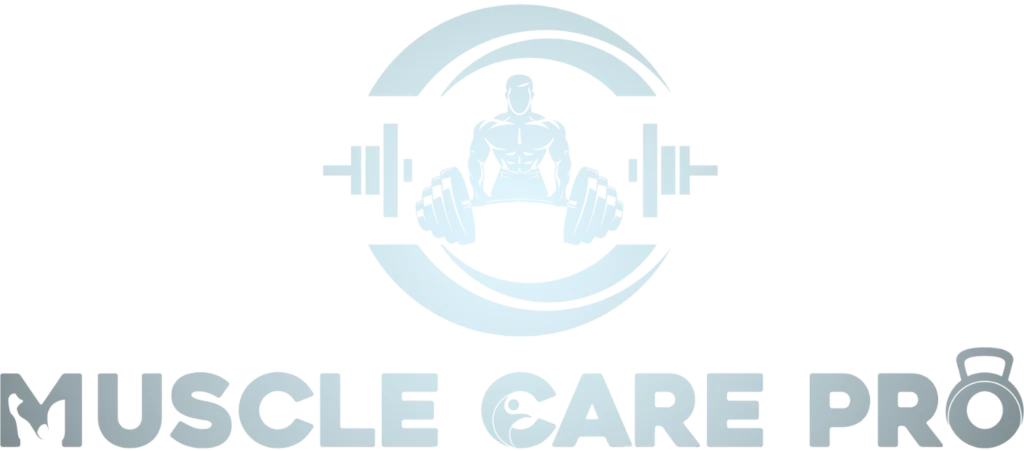Skeletal muscles are attached to bones and help in movement. They are long cylindrical cells known as muscle fibers that are further assembled in bundles. Each muscle fiber has proteins, including actin and myosin, which work to cause muscle contraction, thus enabling movement and also limiting posture.
The process of muscle contraction involves a plethora of specialized proteins working intricately together. Movement is generated by the pulling action of actin and myosin, while the action of the earlier two is regulated by tropomyosin and troponin. The contribution of individual proteins makes the coordination of muscle activity unique. main importance of tropomyosin in skeletal muscles? All these make it possible to have any movement. The role of tropomyosin in pelvic diaphragm includes stabilizing actin filaments and ensuring proper muscle fiber function.
This framework is useful in comprehending the mechanism of muscle contraction with the help of tropomyosin. Tropomyosin functions as a gate, exposing or covering actin binding sites. In doing so, it controls the timing of muscle contractions and when the muscle will relax. Understanding its functions allows us to see how movements are achieved on a molecular scale.
Structure and Function of Tropomyosin
The long and slender protein of tropomyosin performs a role of a helical ‘belt’ around the actin filaments in muscle cells. It occupies the clefts in the spiral structure of actin and helps in holding it together while also averting unwanted interactions. In this placement, it is positioned as a shield, covering the surfaces on the actin that allow for the bonding of myosin. This arrangement helps to understand as to why there is tropomyosin in the muscles in the first place; it serves to trigger muscle flexes and bends.
More specifically, the function of tropomyosin is to control muscle contraction and relaxation cycles. In a relaxed state of the muscle, the range of motion of the myosin head is restricted by tropomyosin. Calcium waves during muscle contraction lead to a repositioning of tropomyosin that reveals the surface of actin filaments. The position makes it possible for a head of myosin to attach to the filament of actin causing tension, which leads to the shortening of the muscle.
Role of Tropomyosin in Muscle Contraction Regulation
Control Mechanism

Tropomyosin acts as a guard that restricts access to the binding sites of actin fibers. In the case of a muscle in a relaxed state, tropomyosin is in place to block the myosin heads where binding cannot occur. This mechanism is significant in managing the timing of contractions in the muscles.
Calcium and Troponin Activation
Prior to muscle contraction, calcium ions bind to the troponin protein. Troponin has a calcium receptor, enabling the molecule to move tropomyosin, blocking the actin. This action is vital for the commencement of muscle contraction.
Exposition of Binding Sites for Myosin
Now that tropomyosin is no longer in the way of the myosin heads, they can now attach to the actin filament. This enables a pull on the actin filament hence the production of the muscular force. This is role of tropomyosin in skeletal muscles motion is produced within the muscles.
Tropomyosin and Muscle Relaxation: pelvic diaphragm
Once muscle is no longer stimulated, calcium ions are transported from troponin. In the absence of calcium, free troponin goes back to its resting state, enabling the tropomyosin to cover back the actin binding sites. This prevents the binding of myosin to actin, and hence no contraction occurs.
This means of relaxing the muscles is important as well. With the tropomyosin barrier, muscle fibers are prepared for another contraction stimulus. This nonstop alternation is beneficial for muscles that have to perform such movements many times over without incurring excessive stress.
Tropomyosin Isoforms (role of tropomyosin in skeletal muscles)
-
Changes in Structure
Tb has been shown to have several isoforms, or more or less modified versions, with specific functions in muscle.
-
Isoforms that are muscle-specific
Specific isoforms are found in the skeletal, cardiac, and smooth muscles and enable each type of muscle to perform better.
-
How the Process of Contraction is Controlled
Different isoforms have different impacts on the speed or force of muscle contraction examination.
-
Changes That Are Muscle-Specific
Isoforms enable muscles to meet varied requirements, such as endurance and speed of response.
-
Practical Importance
Pathogenic mutations in certain isoforms are associated with myopathies, proving their significance for muscle function.
Conclusion
Tropomyosin is a molecule that is vital for the control of muscle contraction and muscle relaxation. By preventing or revealing the sites at which actin attaches, tropomyosin determines when the myosin head can bind and move. This works very well, in particular, for the fine and integrative control of the muscle activity.
When a signal is perceived, such as calcium, tropomyosin moves, facilitating contraction, and then moves back to a blocking position during the relaxation phase. This function of tropomyosin is responsible for allowing smooth movement of the muscles and appropriate pausing. Thus, it is essential to understand the function of tropomyosin in order to understand the action of muscles on the molecular level.











